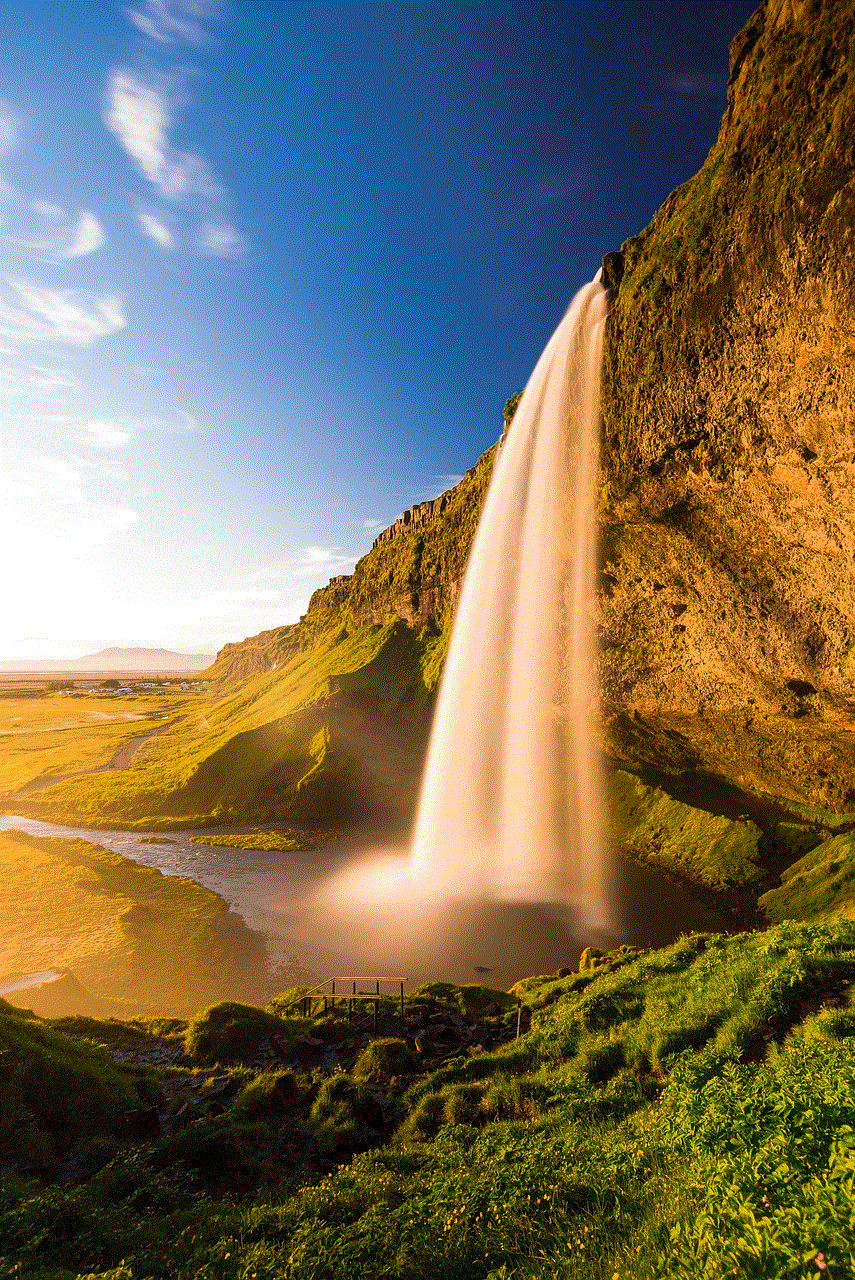turn off share my location
# How to turn off Share My Location: A Comprehensive Guide
In the age of digital connectivity, location sharing has become a common feature across various apps and devices. While sharing your location can facilitate convenience, safety, and connectivity with friends and family, there are instances when you may want to turn off this feature. This article delves into the intricacies of location sharing, its implications, and a step-by-step guide on how to turn off location sharing across different platforms and devices.
## Understanding Location Sharing
Location sharing is a feature that allows users to share their real-time geographical location with friends, family, or applications. This can be useful for various reasons, such as coordinating meet-ups, ensuring safety, or simply keeping loved ones informed of your whereabouts. However, with the rise of privacy concerns and data tracking, many individuals are becoming increasingly cautious about sharing their location.
### The Benefits of Location Sharing
Before diving into how to turn off location sharing, it’s important to recognize its benefits. Some scenarios where location sharing can be advantageous include:
1. **Safety**: Sharing your location with trusted friends or family can provide peace of mind, especially when traveling alone or in unfamiliar areas.
2. **Navigation**: Apps like Google Maps and Waze utilize your location to provide real-time directions, traffic updates, and estimated arrival times.
3. **Event Coordination**: Social apps like Facebook and WhatsApp allow you to share your location, making it easier to coordinate gatherings and events.
4. **Emergency Situations**: In case of an emergency, sharing your location can help first responders reach you quickly.
### The Risks of Location Sharing
Despite its benefits, there are significant risks associated with location sharing. These include:
1. **Privacy Concerns**: Sharing your location can lead to unwanted attention or stalking, particularly if your location is accessible to a wide audience.
2. **Data Tracking**: Many apps collect location data to improve their services or for advertising purposes, which raises questions about how this data is used and stored.
3. **Safety Risks**: Publicly sharing your location can inform potential criminals when you are away from home or reveal your daily routines.
## The Need to Turn Off Location Sharing
Given these risks, there are various reasons one might want to turn off location sharing:
1. **Increased Privacy**: Turning off location sharing can help protect your personal information from being accessed by third parties.
2. **Avoiding Unwanted Contact**: If you feel uncomfortable with certain individuals knowing your whereabouts, disabling this feature can provide a sense of security.
3. **Reducing Distractions**: Constant notifications about your location can be distracting. Turning off location sharing allows for a more focused experience on your device.
4. **Data Minimization**: By limiting the amount of data shared with apps, you can minimize the risk of data breaches and unauthorized access.
## How to Turn Off Location Sharing on Different Devices
Now that we understand the importance of being cautious about location sharing, let’s explore how to turn off this feature on various devices and platforms.
### Turning Off Location Sharing on iOS Devices
Apple’s iOS devices, including iPhones and iPads, offer robust location services. Here’s how to turn off location sharing on these devices:
1. **Open Settings**: Tap on the Settings app on your home screen.
2. **Privacy & Security**: Scroll down and tap on “Privacy & Security”.
3. **Location Services**: Select “Location Services”. You’ll see a list of apps that use location services.
4. **Disable Location Services**: You can either toggle off Location Services at the top of the screen to disable it entirely or scroll down to individual apps to disable location sharing for specific ones.
5. **Share My Location**: If you want to stop sharing your location with specific people, go back to “Privacy & Security” > “Location Services” > “Share My Location” and toggle it off.
### Turning Off Location Sharing on Android Devices
For Android users, the process to disable location sharing varies slightly depending on the version of Android and the manufacturer of the device. Here’s a general guide:
1. **Open Settings**: Access the Settings app from your app drawer or home screen.
2. **Location**: Look for “Location” or “Connections” (this may vary by device).
3. **Location Settings**: Tap on “Location” to view the location services settings.
4. **Toggle Off**: You can turn off location services completely by toggling the switch at the top or manage location access for individual apps by tapping on the app list and selecting “Deny” or “Allow”.
5. **Google Maps Location Sharing**: If you’re using Google Maps and want to stop sharing your location with others, open Google Maps, tap on your profile picture, select “Location Sharing”, and choose to stop sharing.
### Disabling Location Sharing on Social Media Platforms
Social media platforms often have their own location sharing features. Here’s how to turn off location sharing on popular platforms:
1. **Facebook**:
– Open the Facebook app and tap on the three horizontal lines.
– Scroll down and select “Settings & Privacy”, then tap on “Settings”.
– Under “Privacy”, tap on “Location” and adjust your location settings as needed.
2. **Instagram **:
– Open Instagram and go to your profile.
– Tap on the three horizontal lines, select “Settings”, then “Privacy”.
– Tap on “Location” and choose to disable location services for the app.
3. **Snapchat**:
– Open Snapchat and tap on your profile icon.
– Tap on the gear icon to access settings.
– Select “See My Location” and choose “Ghost Mode” to stop sharing your location with friends.



### Managing Location Sharing on Smart Devices
Smart devices, such as smart speakers and home assistants, may also have location sharing features. Here’s how to manage location sharing on some popular smart devices:
1. **Amazon Echo**:
– Open the Alexa app on your smartphone.
– Tap on “Devices”, select your Echo device, and go to “Device Settings”.
– Look for location settings and toggle off location sharing.
2. **Google Nest**:
– Open the Google Home app.
– Tap on your profile icon, go to “Assistant settings”, and then “Your data in the Assistant”.
– Adjust your location sharing preferences accordingly.
### Understanding Location permissions
When you disable location sharing for apps, it’s essential to understand app permissions. Most apps request access to your location for specific functionalities. Here’s a closer look at location permissions:
1. **Always**: The app can access your location at all times, even when you’re not using it. This is common for navigation and mapping apps.
2. **While Using the App**: The app can access your location only when you’re actively using it. This is a more privacy-conscious option.
3. **Never**: The app cannot access your location at all. This setting is beneficial for apps that don’t require location data.
### Reassessing Your Location Sharing Preferences
Turning off location sharing is a personal decision, and it’s wise to reassess your preferences periodically. Here are some tips for managing your location sharing effectively:
1. **Regularly Review App Permissions**: Periodically check which apps have access to your location and adjust permissions accordingly.
2. **Be Conscious of New Apps**: When downloading new apps, pay attention to the permissions they request. Only grant location access to apps that genuinely need it.
3. **Educate Yourself on Privacy Settings**: Familiarize yourself with the privacy settings of the devices and platforms you use. Knowledge is key to maintaining your privacy.
4. **Consider Temporary Sharing**: If you need to share your location temporarily (e.g., during a family gathering), consider using temporary sharing features available on some platforms.
## Conclusion
In a hyper-connected world, location sharing can enhance our experiences, but it also comes with inherent risks. Turning off location sharing helps safeguard your privacy and control over personal information. Whether you are using an iOS or Android device, social media platforms, or smart devices, understanding how to manage location settings is crucial.
As technology continues to evolve, staying informed about your privacy settings will empower you to make decisions that align with your comfort level. By taking proactive measures to disable location sharing when necessary, you can enjoy the benefits of technology without compromising your security and privacy.
de millas a km
# De Millas a Kilómetros: Una Guía Completa sobre la Conversión de Unidades de Distancia
La conversión de millas a kilómetros es un tema que puede parecer simple, pero que está lleno de matices y detalles interesantes. En un mundo cada vez más globalizado, donde las unidades de medida pueden variar significativamente de un país a otro, entender cómo convertir estas dos unidades de distancia es esencial. Este artículo explorará la historia, la ciencia y la práctica detrás de la conversión de millas a kilómetros, además de ofrecer consejos y herramientas útiles para realizar estas conversiones de manera efectiva.



## 1. Historia de las Unidades de Medida
Las unidades de medida han evolucionado a lo largo de la historia, reflejando las necesidades y circunstancias de las sociedades que las emplean. Las millas tienen sus raíces en el Imperio Romano, donde se utilizaba la “milia”, que equivalía a mil pasos dobles. Por otro lado, el kilómetro es una unidad más moderna, que forma parte del Sistema Internacional de Unidades (SI), adoptado en el siglo 20. Esta diferencia histórica entre las dos unidades es fundamental para entender no solo cómo se utilizan, sino también por qué es importante convertir entre ellas.
## 2. La Definición de Millas y Kilómetros
Una milla se define como exactamente 1,609344 kilómetros. Esta relación se deriva de la forma en que ambas unidades han sido estandarizadas a lo largo del tiempo. Mientras que las millas son más comunes en países como Estados Unidos y el Reino Unido, los kilómetros son la norma en la mayoría de los demás países del mundo. Esta diferencia puede causar confusión, especialmente para los viajeros y profesionales que trabajan a nivel internacional.
## 3. La Importancia de la Conversión de Unidades
La conversión de unidades de distancia es crucial en una variedad de contextos. Los viajeros que visitan un país donde se utilizan diferentes unidades deben ser capaces de convertir distancias para planificar sus itinerarios. Los científicos y los ingenieros también necesitan hacer conversiones precisas en sus investigaciones y proyectos. Además, las aplicaciones de navegación y los dispositivos GPS a menudo requieren que los usuarios comprendan y conviertan entre estas dos unidades.
## 4. Ejemplos Prácticos de Conversión
Para ilustrar la conversión de millas a kilómetros, consideremos algunos ejemplos prácticos. Supongamos que un viajero está planeando un viaje de 50 millas. Para convertir esta distancia a kilómetros, se multiplicaría por 1.609344:
\[ 50 \text{ millas} \times 1.609344 = 80.4672 \text{ kilómetros} \]
Otro ejemplo podría ser una carrera de 10 millas. Usando la misma fórmula, el resultado sería:
\[ 10 \text{ millas} \times 1.609344 = 16.09344 \text{ kilómetros} \]
Estos ejemplos sencillos muestran cómo las conversiones pueden ser rápidas y fáciles una vez que se conoce el factor de conversión.
## 5. Herramientas para la Conversión
En la era digital, hay numerosas herramientas disponibles para ayudar con las conversiones de unidades. Desde aplicaciones en teléfonos móviles hasta calculadoras en línea, los recursos son abundantes. Muchas aplicaciones de mapas también proporcionan opciones para mostrar distancias en millas o kilómetros, lo que facilita la navegación. Sin embargo, es importante entender cómo funcionan estas herramientas y asegurarse de que se utilizan correctamente.
## 6. La Conversión en la Vida Cotidiana
La conversión de millas a kilómetros también se presenta en la vida cotidiana. Por ejemplo, cuando se conduce, las señales de tráfico pueden mostrar distancias en millas en algunos países y en kilómetros en otros. Esto puede causar confusión, especialmente para los conductores que no están familiarizados con la unidad de medida. Además, las recomendaciones sobre distancias para actividades como caminar, correr o andar en bicicleta a menudo se presentan en ambas unidades, lo que requiere que los entusiastas del ejercicio realicen conversiones para planificar sus rutinas.
## 7. La Conversión en el Deporte
El deporte es otro ámbito donde la conversión de millas a kilómetros es relevante. Las carreras de larga distancia, como maratones y triatlones, a menudo utilizan millas en los Estados Unidos, mientras que en otros países se utilizan kilómetros. Esto significa que los atletas que compiten internacionalmente deben ser capaces de convertir entre estas dos unidades. Además, los entrenadores y los aficionados al deporte deben entender estas distancias para ayudar a los atletas a planificar sus entrenamientos y competiciones.
## 8. Impacto Cultural de las Unidades de Medida
El uso de diferentes unidades de medida puede tener un impacto cultural significativo. Por ejemplo, en los Estados Unidos, la milla es una parte integral de la cultura automovilística, mientras que en Europa, el kilómetro es más común. Esta diferencia puede influir en cómo las personas perciben la distancia y la velocidad. Comprender estas diferencias culturales es importante para fomentar la comunicación efectiva entre personas de diferentes orígenes.
## 9. La Ciencia Detrás de la Conversión
La conversión de millas a kilómetros no es solo una cuestión de matemáticas; también tiene implicaciones científicas. En campos como la geografía y la astronomía, las distancias se miden con precisión utilizando sistemas métricos. Comprender cómo y por qué se realizan estas conversiones puede enriquecer el conocimiento general sobre cómo se mide el mundo que nos rodea.
## 10. Futuro de la Conversión de Unidades
A medida que el mundo continúa globalizándose, es probable que la conversión de unidades se convierta en un tema aún más relevante. Con el aumento de la movilidad internacional y la interconexión entre países, la necesidad de comprender y convertir entre millas y kilómetros seguirá siendo esencial. A medida que avanzamos hacia un futuro más interconectado, la educación en matemáticas y ciencias será crucial para ayudar a las personas a navegar por este mundo diverso.



## Conclusión
La conversión de millas a kilómetros es más que una simple cuestión de matemática; es un tema que abarca historia, cultura, ciencia y vida cotidiana. Ya sea que estés planeando un viaje, participando en un evento deportivo o simplemente intentando entender mejor el mundo que te rodea, conocer cómo realizar estas conversiones es una habilidad valiosa. A medida que avanzamos hacia un futuro más global, la comprensión de las unidades de medida y la capacidad de convertir entre ellas se volverá cada vez más importante. Así que la próxima vez que te encuentres con millas o kilómetros, recuerda que estás participando en una larga historia de medición y descubrimiento, y que cada conversión es un paso más hacia una mejor comprensión del mundo.